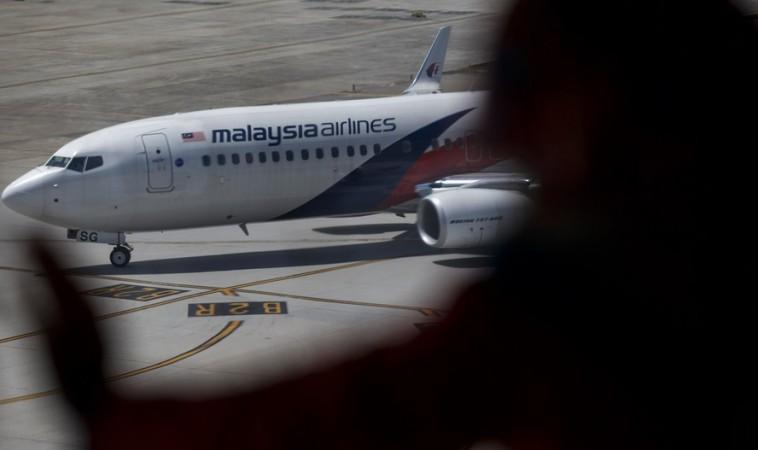
The chief executive of Emirates, Tim Clark, has sparked another round of speculations on the missing Malaysian plane MH370 after he dropped his own version of a conspiracy theory, over nine months after the mystery unfolded.
The boss of the popular Emirates airlines believes that information on the missing airlines is being withheld by authorities, making people unable to access an essential piece that could potentially solve the 'greatest aviation mystery of the century'. He added that he remains unconvinced that the plane went towards the Southern Indian ocean as widely accepted.
In his latest theory that was revealed in a formerly unpublished full transcript of an interview, which was conducted by well-known aviation journalist Andreas Spaeth, Clark also called into question the role of the Malaysian military the night the aircraft went missing. The details of the interview were made available on the Sydney Morning Herald on Saturday.
Clark also dismissed the theory that one of the pilots had deliberately crashed the Boeing 777, something that did rounds in the news soon after the incident in March. He said a suicidal pilot would have dived straight into the seas rather than performing the complex procedure that seemed to have disabled aircraft's navigation beacons.
"That requires you to leave the flight deck and go down through a trap door in the floor," he said. "But somehow this thing was disabled so much so that the ground tracking capability was eliminated."
Suggesting that the people involved in investigating into flight MH370's disappearance are concealing information about who was on the plane, he added that not enough information has been made available from the very beginning.
"We need to know who was on this aeroplane in the detail that obviously some people do know," he said, and "we need to know what was in the hold of the aeroplane, in the detail we need to know, in a transparent manner."
"I think we will know more if there is full transparency of everything that everybody knows. I do not believe that the information held by some is on the table,"
He also suggested that he smelled some conspiracy on the fact that the Malaysian military allowed the aircraft to proceed unhindered on its bizarre course – something that should have been quickly considered a threat.
"This is a very busy part of Southeast Asia, the notion that we should not be able to identify if it is friend or foe, or we can on primary radar and do nothing about it, is bizarre," he said adding: "What would have happened if the aircraft would have turned back to fly into the Petronas Towers in Kuala Lumpur?"
He said he will never be convinced that the massive search efforts that is still being undertaken in the southern Indian Ocean near Australia is where the plane ultimately went down:
"We have not seen a single thing that suggests categorically that this aircraft is where they say it is, nothing, apart from this 'handshake', which calls my electronic engineers to start thinking 'what is all this about?'."

















